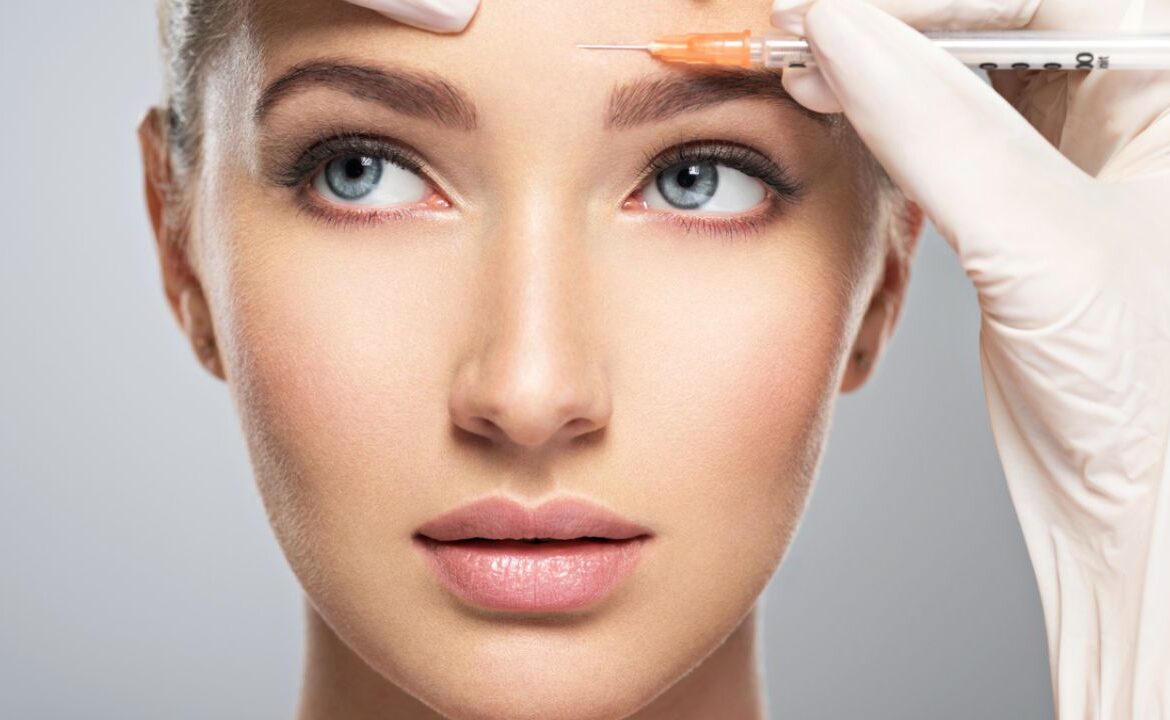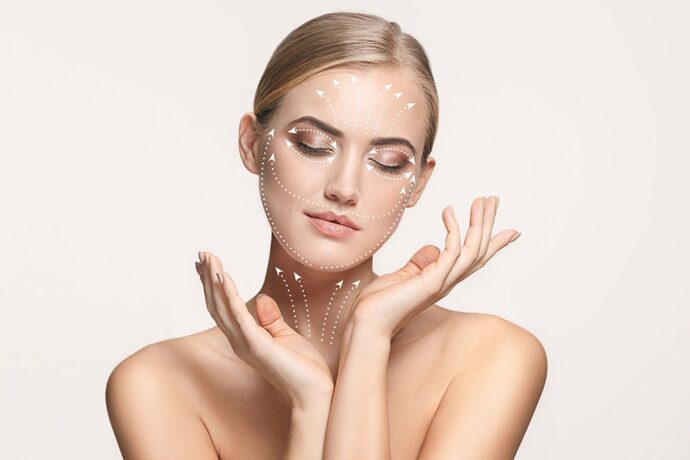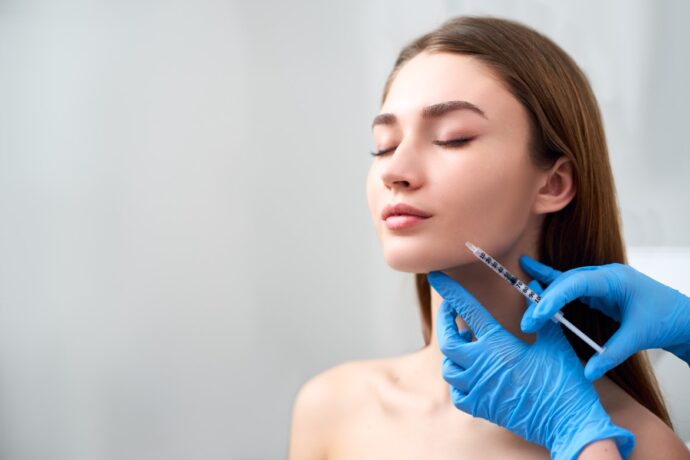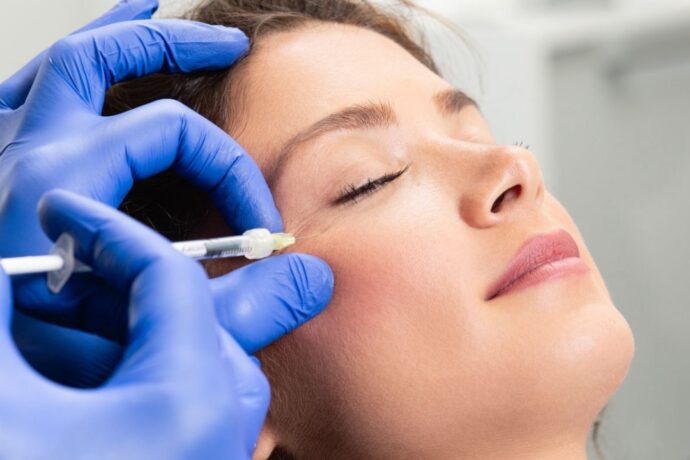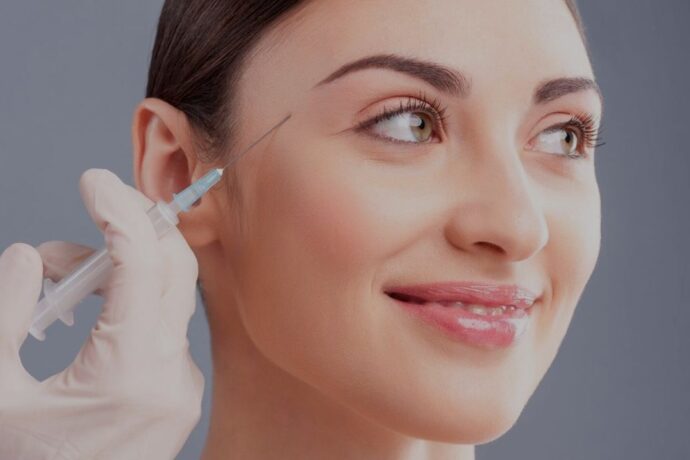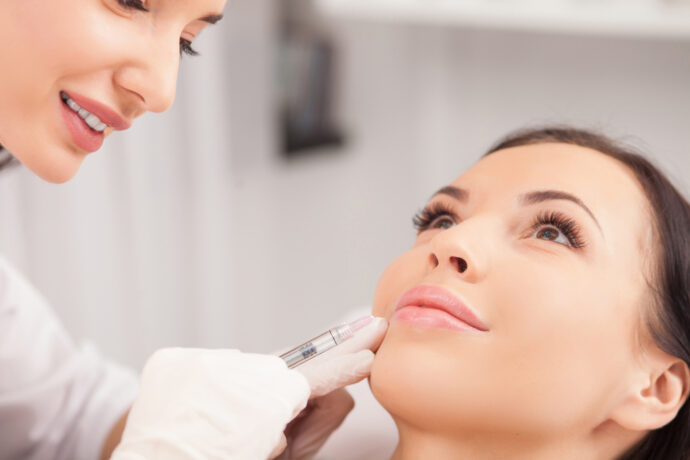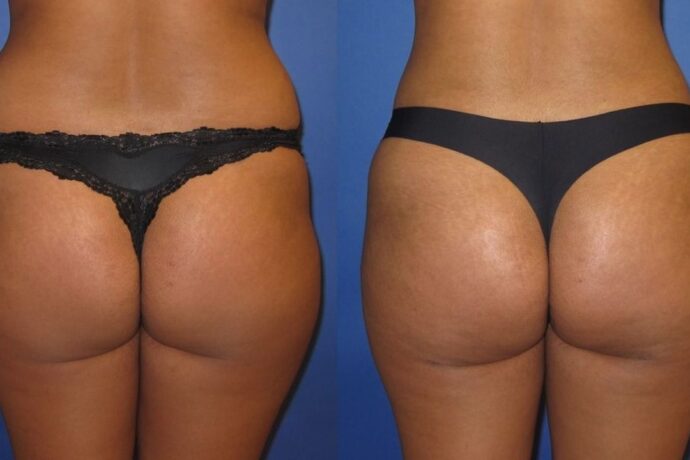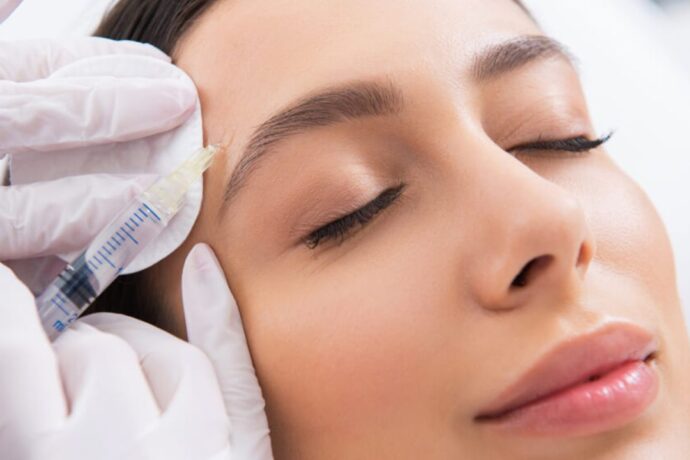As we age, our skin inevitably undergoes various changes, with one of the most noticeable being the development of jowls. These sagging areas of skin below the jawline can significantly impact the overall facial aesthetic, often leading to a desire for rejuvenation and restoration.
In the realm of cosmetic dermatology, dermal fillers have become a sought-after solution for this issue. This comprehensive guide will explore how dermal fillers can effectively address jowls, offering insights into their functionality, benefits, and what patients can expect from this treatment.
Understanding Jowls and Their Causes
Jowls manifest as a result of several age-related changes in the facial structure. The skin loses its youthful elasticity and firmness due to diminished collagen and elastin production, while gravity pulls the softer tissues downward, leading to the sagging appearance characteristic of jowls. Additionally, facial fat, which once contributed to a plump, youthful look, redistributes and diminishes over time, exacerbating the sagging effect.
Various factors influence the development and severity of jowls. Genetics play a significant role, as they dictate skin quality and the aging process. Lifestyle choices such as smoking, excessive sun exposure, and poor diet can accelerate skin aging, while significant weight fluctuations can also impact the severity of jowls. Understanding these factors is crucial in addressing and preventing the progression of jowls.
What Are Dermal Fillers?
Dermal fillers are injectable treatments that aim to restore lost volume, smooth out wrinkles, and enhance facial contours. They are made from biocompatible materials, with hyaluronic acid being the most commonly used due to its natural occurrence in the skin. Hyaluronic acid fillers are known for their safety, efficacy, and relatively low risk of allergic reactions.
Fillers come in various formulations, each designed to target specific areas and concerns. The consistency and density of the filler determine its suitability for different facial regions. For instance, thicker fillers are typically used for deeper injections to provide structure and volume, while softer fillers are preferred for superficial areas to smooth out fine lines and wrinkles.
How Dermal Fillers Address Jowls
Dermal fillers can effectively minimise the appearance of jowls by adding volume to strategic areas, thereby lifting and tightening the sagging skin. When injected into the cheeks, fillers can elevate the entire mid-face, indirectly reducing the sagging around the jawline. Additionally, injecting fillers directly along the jawline can create a more defined and youthful contour.
The procedure involves a series of small injections, with the amount and type of filler tailored to each individual’s needs. The practitioner’s expertise in facial anatomy and injection technique is crucial in achieving a natural and harmonious result. While the treatment offers immediate improvements, it may take a few days to a week for the final results to settle in as the filler integrates with the surrounding tissue.
Moreover, dermal fillers can stimulate the body’s natural collagen production, contributing to longer-term improvements in skin quality and firmness. This dual action—immediate volume restoration and gradual collagen stimulation—makes dermal fillers an effective option for those seeking to combat the signs of aging.
Benefits, Considerations, and Aftercare
Opting for dermal fillers to treat jowls comes with several benefits. The procedure is minimally invasive, requires no general anesthesia or significant downtime, and results are visible almost immediately. It’s a convenient option for those seeking significant improvements without the risks and recovery time associated with surgery.
However, it’s essential to have realistic expectations. Fillers provide temporary results, typically lasting between 6 to 18 months, depending on the type of filler used and the individual’s metabolism. Regular maintenance sessions are necessary to sustain the results.
Side effects are generally mild and may include temporary redness, swelling, or bruising at the injection sites. Choosing a qualified and experienced injector is crucial in minimising these risks and ensuring optimal results.
Post-treatment, patients are advised to avoid strenuous exercise, excessive heat, and massaging the treated area for a short period to allow the filler to settle properly.
Conclusion
Dermal fillers offer a promising, non-surgical solution for rejuvenating the jawline and addressing the aesthetic concerns associated with jowls. By restoring lost volume and stimulating collagen production, these fillers can significantly enhance facial contours and provide a more youthful appearance.
While the treatment is not a permanent fix, it offers a safe, effective, and convenient alternative to more invasive procedures. As with any cosmetic treatment, consulting with a skilled professional is key to ensuring the best possible outcome. For those struggling with the appearance of jowls, dermal fillers might be the transformative solution they’ve been seeking.
Revitalise with Second Look Aesthetics
At Second Look Aesthetics, experience the rejuvenating power of dermal fillers for lifted jowls and a sculpted look . Our experts use Revolax Sub Q for natural, impressive results, with minimal side effects and up to a year of lasting effects. Book a consultation at our Nottingham clinic for a virtually painless, expertly administered cheek filler experience.


